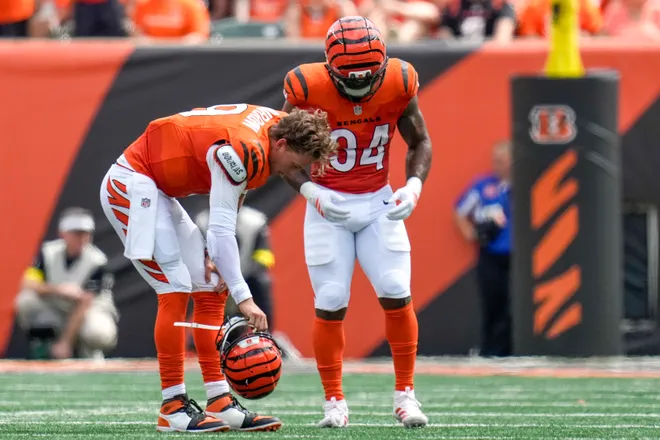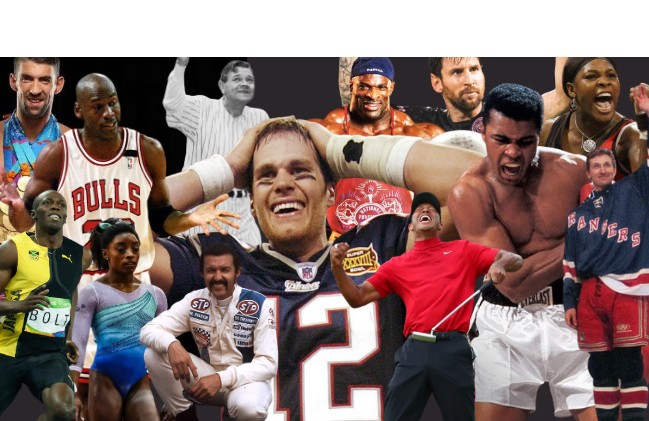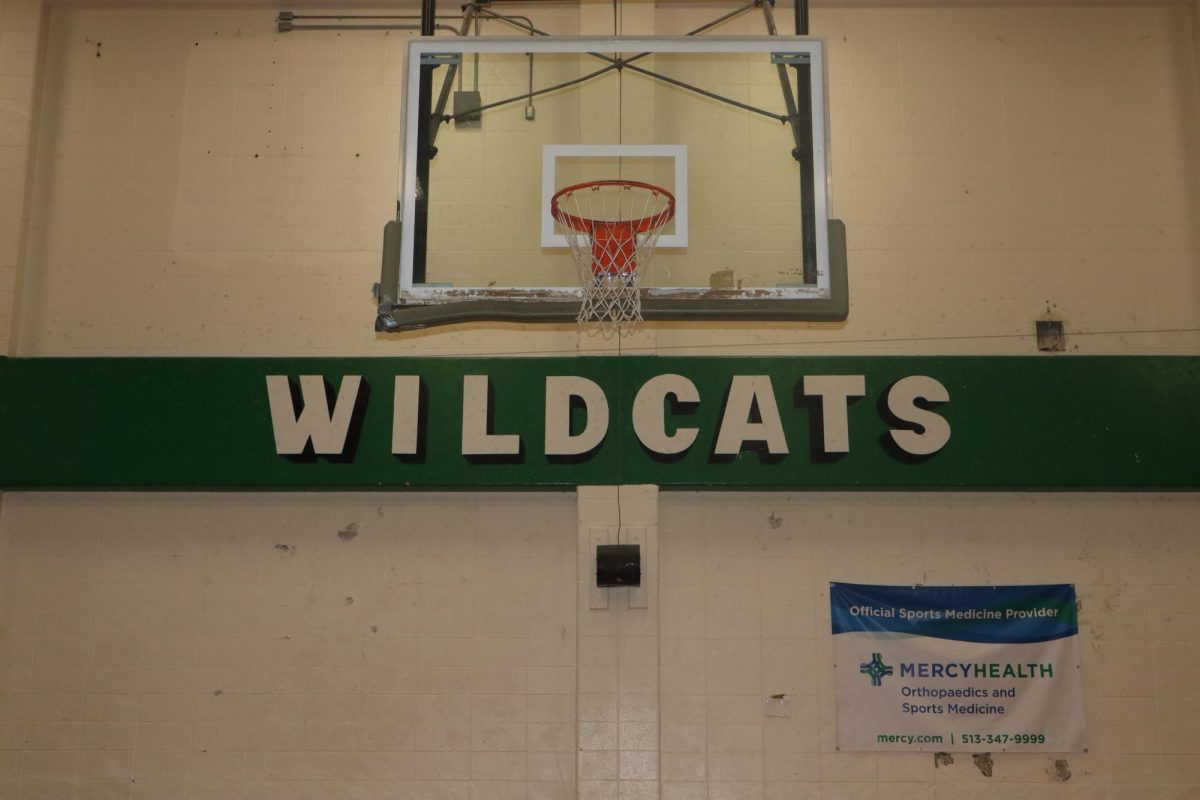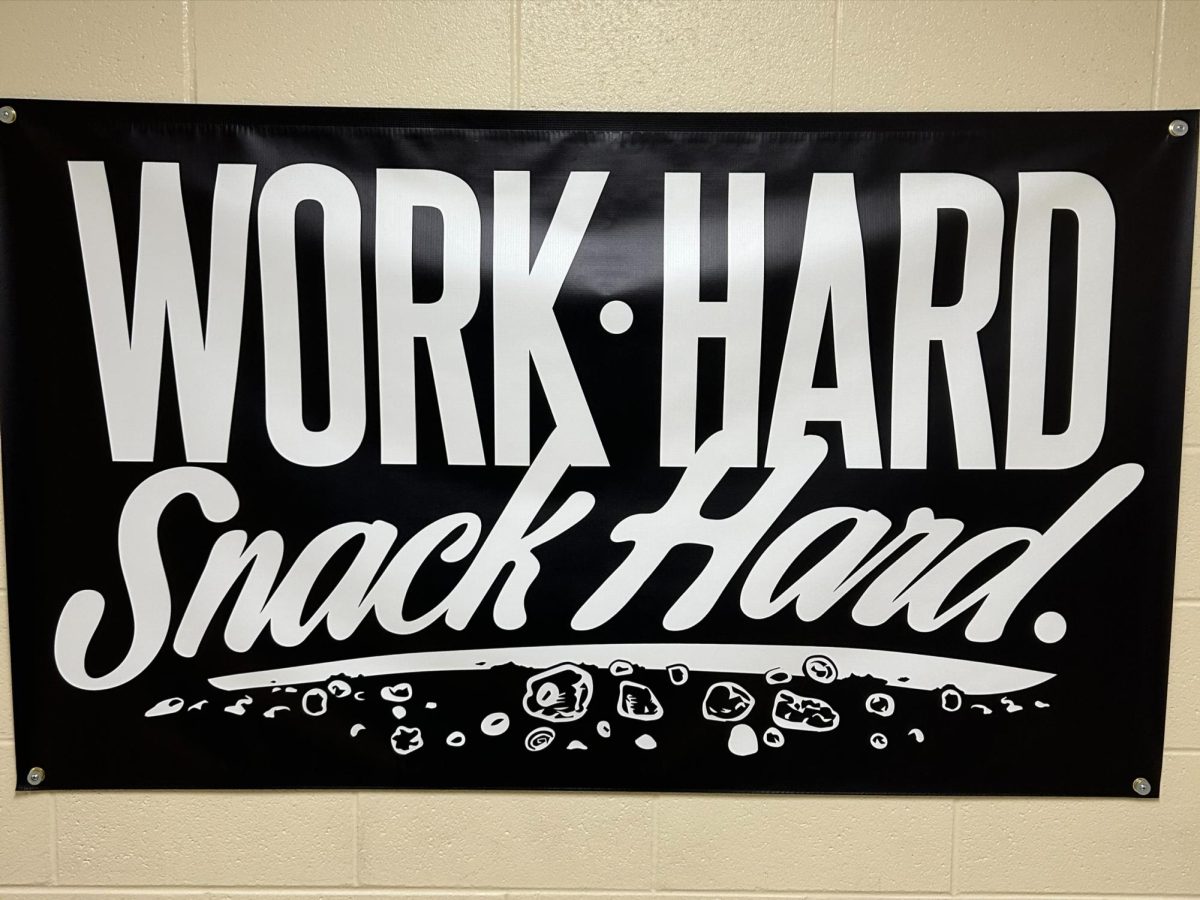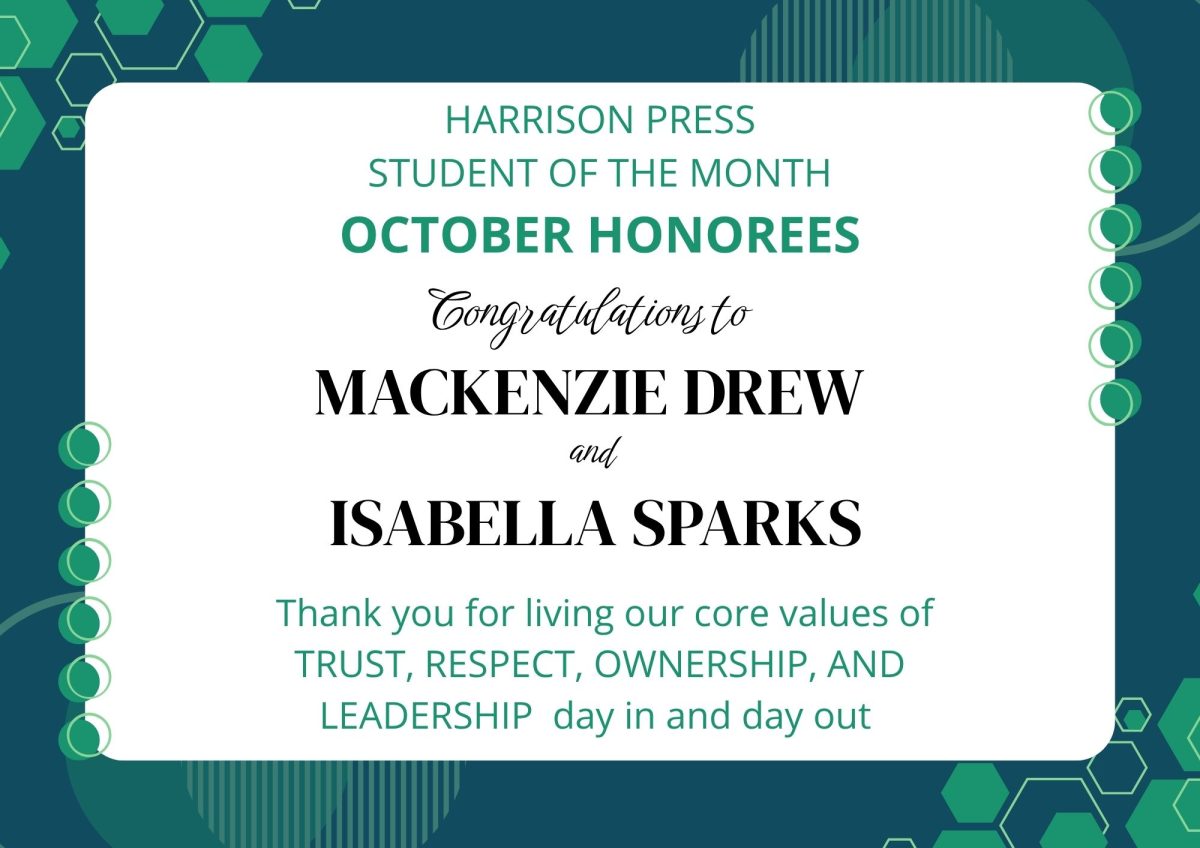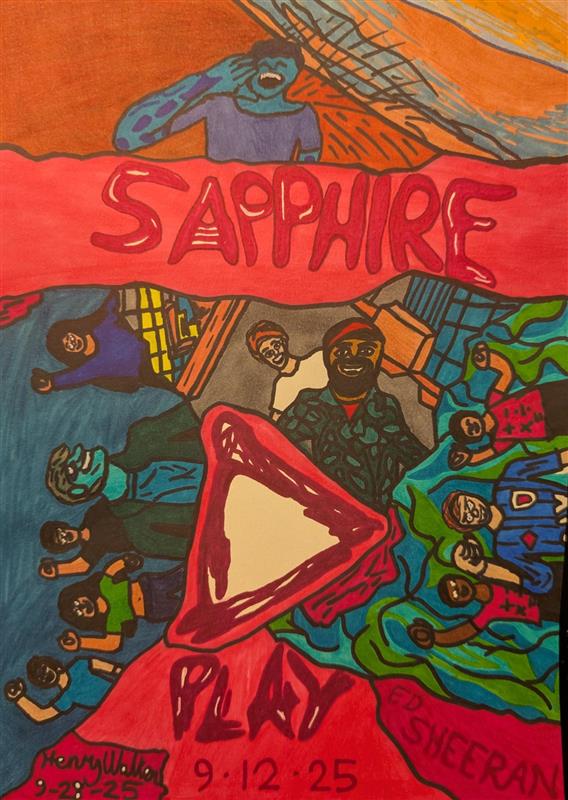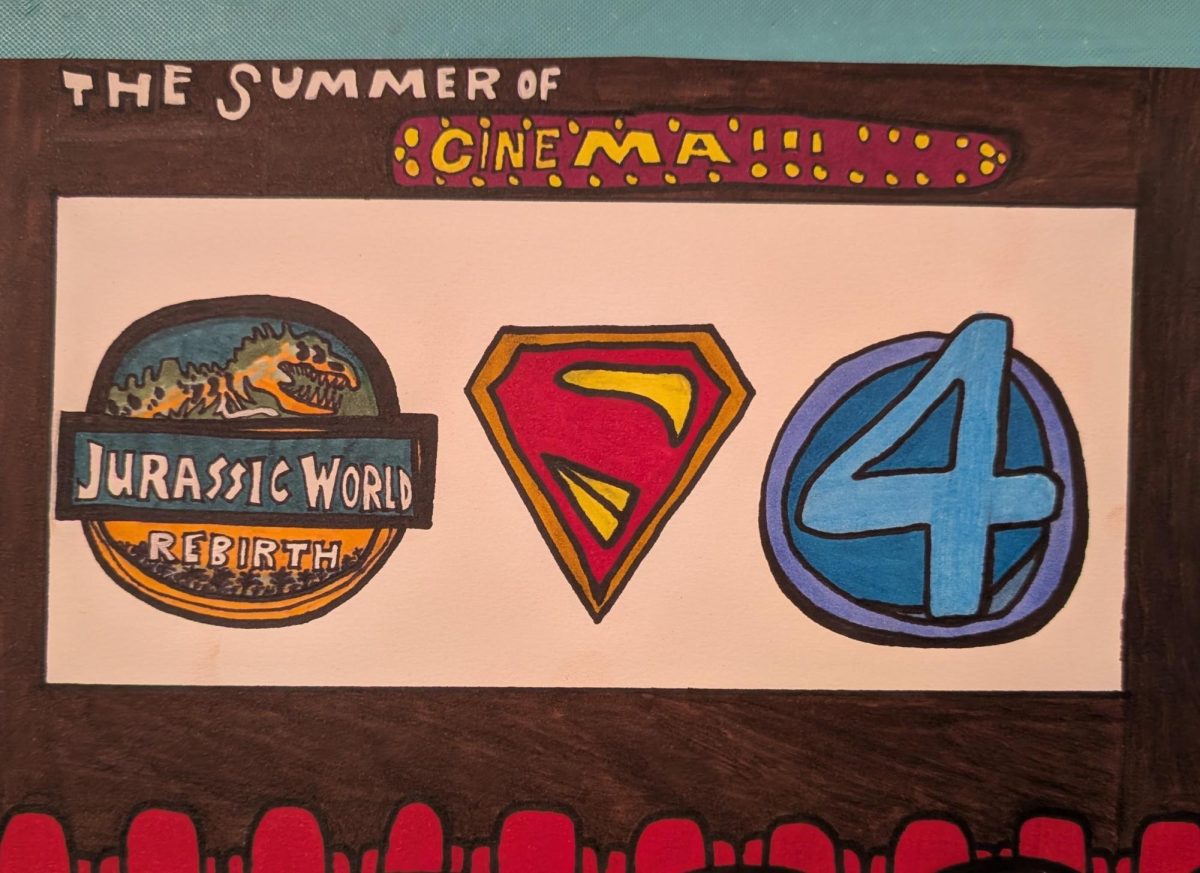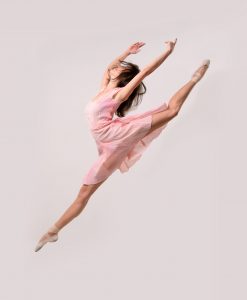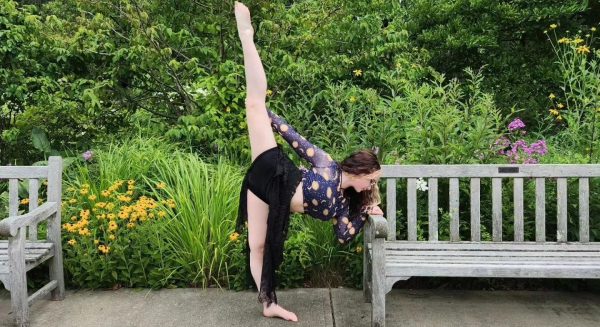Harrison High School doesn’t have a dance team. However, we have at least two dozen students who dance competitively, requiring dozens of hours a week of grueling exercise. While school sponsored sports can exempt students from having to take gym class, our student dancers don’t have the same opportunity, potentially leading to harm.
Dancing has been around since the most primitive of human civilizations; cave paintings have depicted forms of dancing figures on the walls since the early BC ages. This form of self expression has been around for nearly 4000 years mostly used in celebration or communal stories. With all of this history, why is this sport valued less than others when it comes to school representation? Our school prides itself on its school participation in extracurriculars, yet doesn’t recognise the time and effort that students put into sports that are outside of what the school offers. This can lead to dancers not being seen as athletes. The school wants everyone to be part of something that is connected with the school, and while this is beneficial, it isn’t fair for dancers and others who put so much time into something that gets overlooked so easily.
Harrison doesn’t offer a dance team for students, and while this might not seem like that big of a deal to others, it affects some students in a major way. The school states that you have to have some form of physical education, but people who are involved with school sports or marching band are exempted from these requirements. What about the people who aren’t a part of a school connected sport? Outside sports not linked with the school do not count as having met the requirements for physical education as per the state rules. Some of the backlash of this act is having to take gym as an elective and taking up a class slot that can be used for something that is more beneficial for that student. Students have credits that they need in order to graduate, putting a lot of stress on students already, but then having to use one of your elective slots for something you do plenty of already can be frustrating. It can also lead to more injuries due to overworking. Healthy childern.org (a site that focuses on the physical well being of pre teens and teens) estimated, “50% of all sports-related injuries in kids result from overuse.” By not being excluded from gym, students who are a part of other sports outside of what the school offers may be at a greater risk for injuries. The school has good intentions with making students have a required amount of activity, but exercise outside of what the school provides should at least exempt students from taking gym.
This isn’t just our school’s policies; there are other schools with similar policies and some that are different from ours. I have spoken to students from different schools that are also dancers but don’t dance for a school team about how that affects them.
Eva Fisher is a pre-pro-dancer that dances at Planet Dance in Cincinnati, and her school has a dance team. However, she chose to dance more professionally and because of that she isn’t getting physical education that is connected with the school. Still, her school understands that she is still active and gives her that credit as long as she shows proof to the school that she is getting the right amount of exercise. She states how she thinks that this “is a lot better for her body to not have that extra activity everyday” because she does dance 4-5 days a week.
Nola Schuman is also a pre-pro-dancer at Planet Dance, and her school’s policy is the same as ours; students have to be a part of the school to have their physical education credits count to graduate. Schuman believes that she would be able to “put more effort into dance if she didn’t have gym everyday.” She expressed how gym may not seem like a big deal to everyone but for people who are active for 10-14 hours a week physical education can seem like a nuisance.
Many people overlook this special talent because dance can often appear “easy,” but in reality, people it isn’t. If people think dance is easy, the problem may be that they have never seen a well choreographed dance routine. People view the sport as leaping and twirling around, however the technique is much more complicated. Mastering dance takes years of training and discipline.
Dancers train as long and hard as any other athlete. For many dancers, practice hours are longer than any other sport, varying from 2-8 hours. Practice hours for any other sport usually vary from 1-3 hours. Athletes other than dancers typically have a sport for only one season, however, dance is a year-round sport. They don’t get an off-season where they have no practice for months, unlike many other sports. Dance is also an organized sport. Unlike other sports where you can make any face or movement, in dance, you have to perform the same as everyone else on stage with you, you have to remember the routine, all while making it seem effortless.
The effort, time, training, and sacrifices are the same, if not, more intense than other sports. It is most certainly not easy, and it takes years to build stamina, technique, endurance, and so much more. Gym class is great for people who don’t have that outside source of activity, but for dancers, it seems like overkill. Ultimately, dancers are exceedingly underrated and overlooked. Even if this only affects a small group of people here at the school, it doesn’t make their problem any less worth talking about someday fixing.


